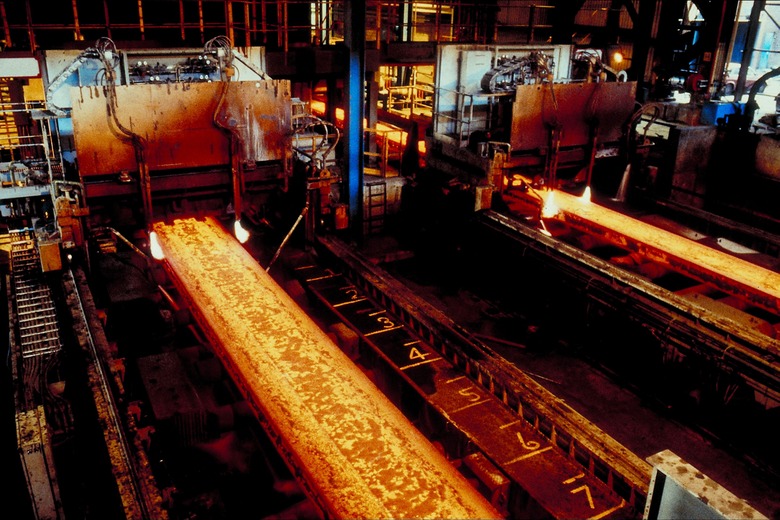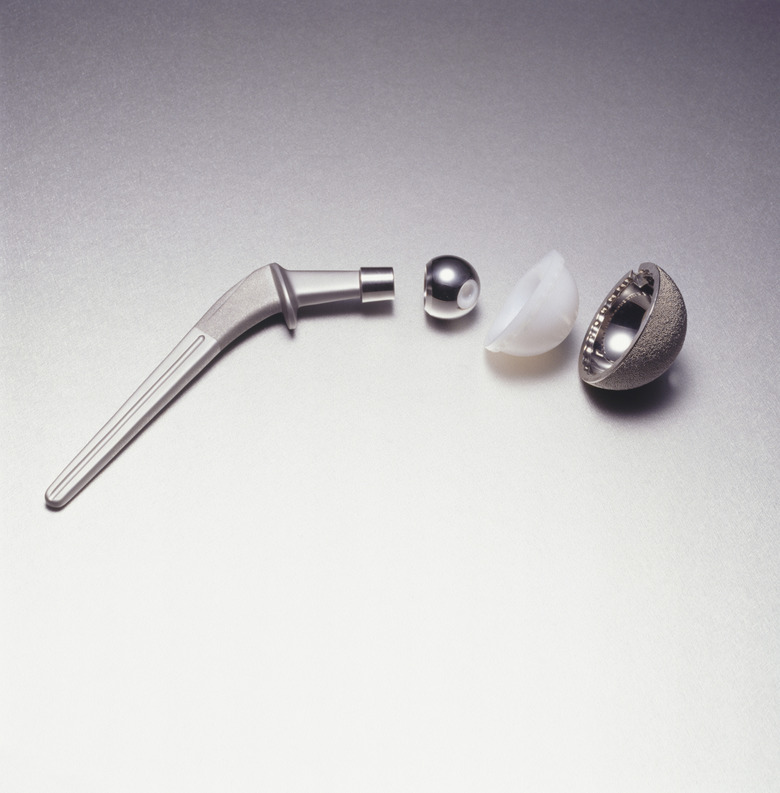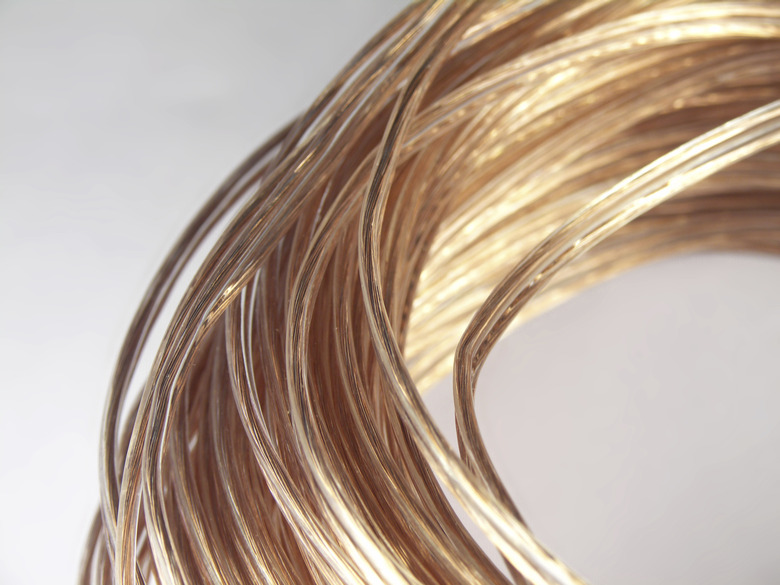Transition Metals & Their Uses
The periodic table of elements has four main categories: main-group metals, transition metals, lanthanides and actinides. The transition metals bridge elements that fall on either side of them. These elements conduct electricity and heat; they form ions with positive charges. Their malleability and ductility make them ideal materials for the manufacture any type of metal-based item.
Titanium
Titanium
Titanium is found in the earth's crust. It is the second most common transition metal following iron. Common uses include the production of airplanes, engines and marine equipment. Titanium alloys are also used for artificial body-part replacements, such as hip and bone implants. Titanium dioxide is an important ingredient in white paint.
Iron
Iron
Iron ore is found in minerals such as goethite, hematite, limonite and magnetite. The earth's crust is 5 percent iron. Iron is usually made into steel, which is essential in the construction of buildings, automobiles and ships. Cosmetics, paint, fertilizers, paper, glass and plastic also contain iron. Traces of this element are present in the bloodstream of animals and humans as part of the hemoglobin molecule.
Copper
Copper
Copper is one of the best electricity conductors next to silver. It allows electricity to travel through it without significant energy loss. Brass musical instruments are also made using copper. Lightning rods use copper to attract lightning and disperse its charge, preventing it from destroying a structure. Appliances and heating and cooling systems make use of copper because of copper makes a good heat conductor. Copper can also be found in the body. Pregnant women need to consume copper-rich foods, such as nuts, legumes and shellfish for the proper development of the fetus.
Platinum
Platinum
Platinum is most used in jewelry. This metal's color, durability and tarnish-resistance make it valuable worldwide. Automobile catalytic converters, which control hydrocarbon, nitrogen oxide and carbon monoxide emissions, make use of platinum to convert these pollutant gases into water and carbon dioxide. The medical field uses platinum most commonly in anti-cancer drugs and neurosurgery equipment.
Cite This Article
MLA
Johnson, Steve. "Transition Metals & Their Uses" sciencing.com, https://www.sciencing.com/transition-metals-uses-8254511/. 24 April 2017.
APA
Johnson, Steve. (2017, April 24). Transition Metals & Their Uses. sciencing.com. Retrieved from https://www.sciencing.com/transition-metals-uses-8254511/
Chicago
Johnson, Steve. Transition Metals & Their Uses last modified March 24, 2022. https://www.sciencing.com/transition-metals-uses-8254511/



